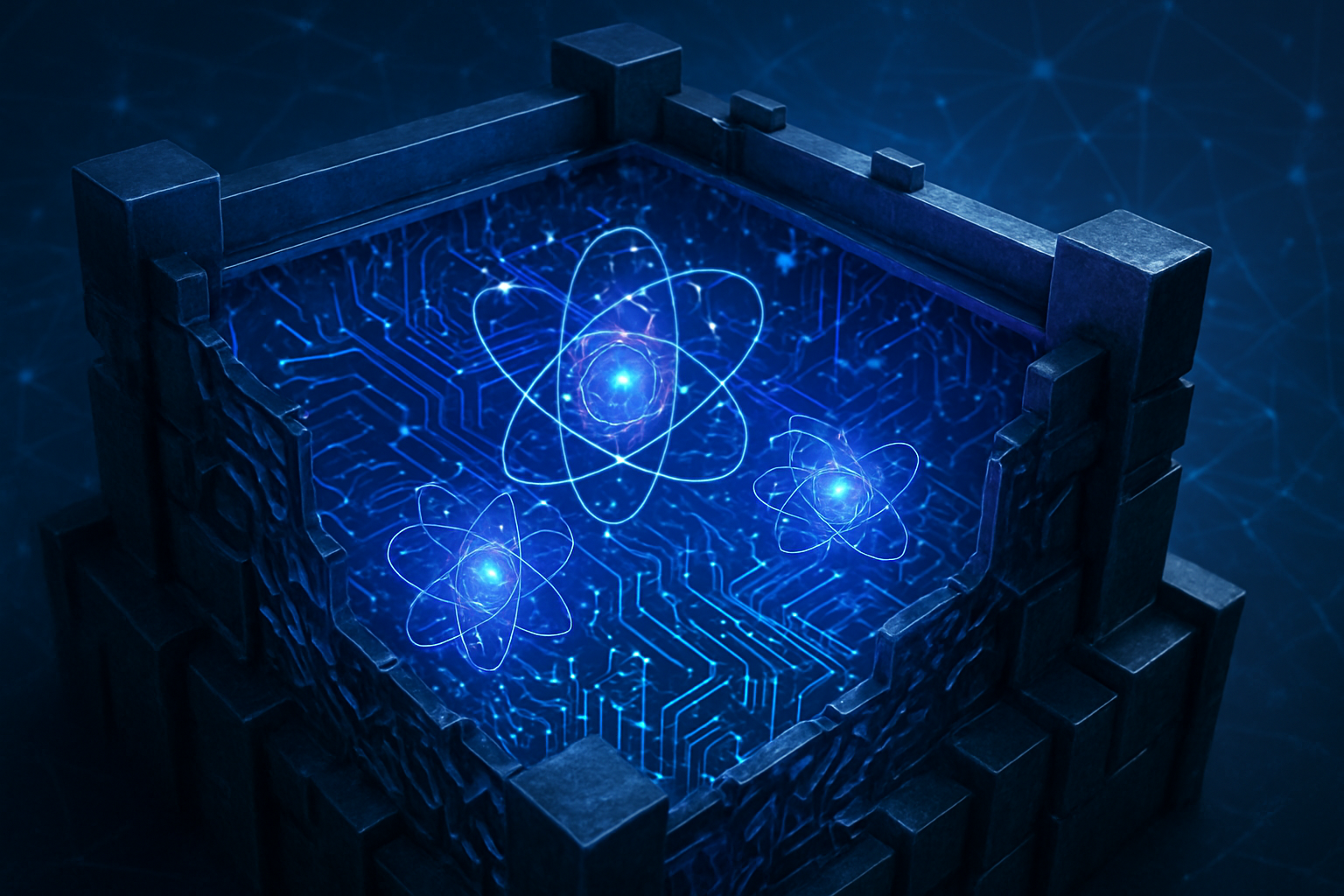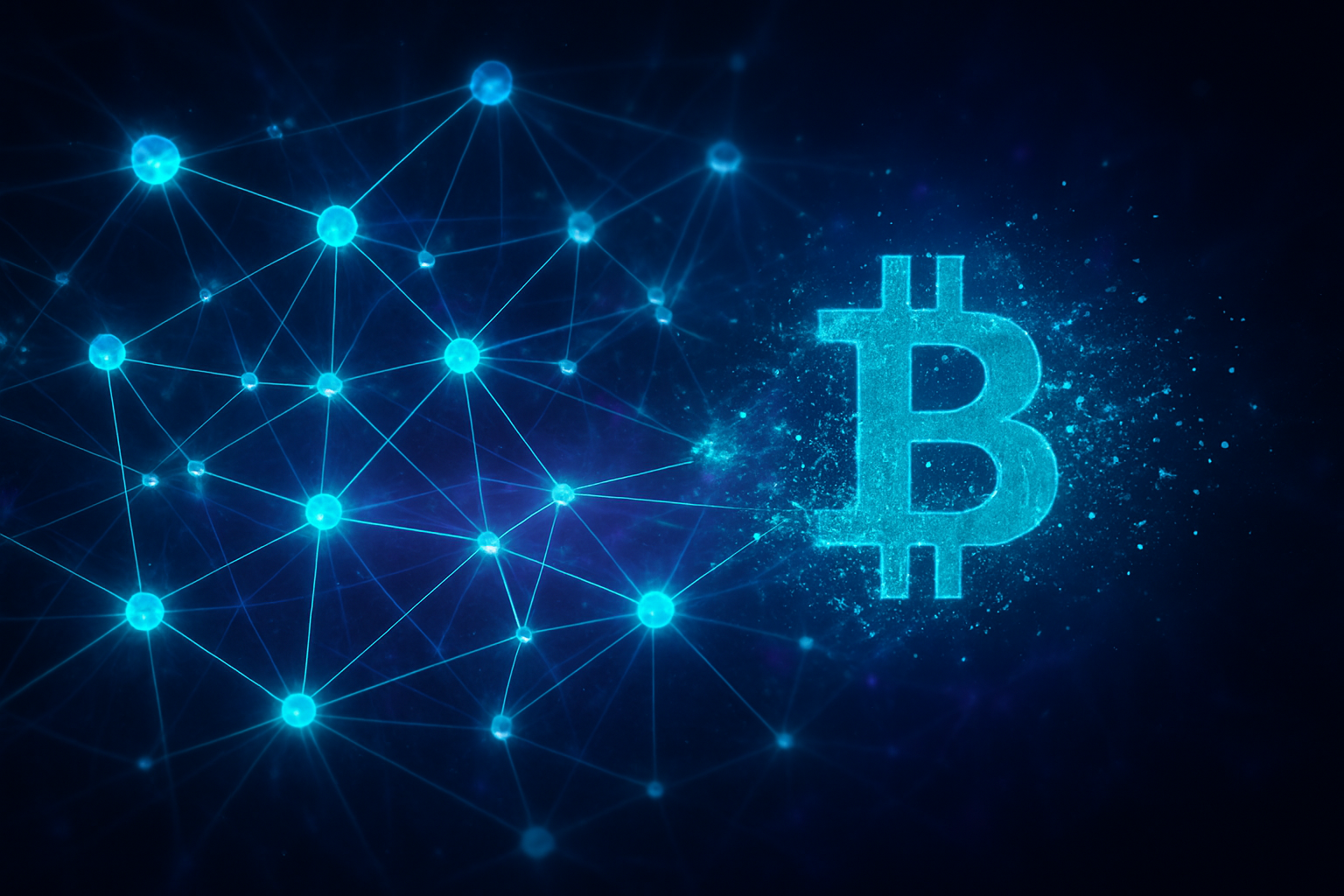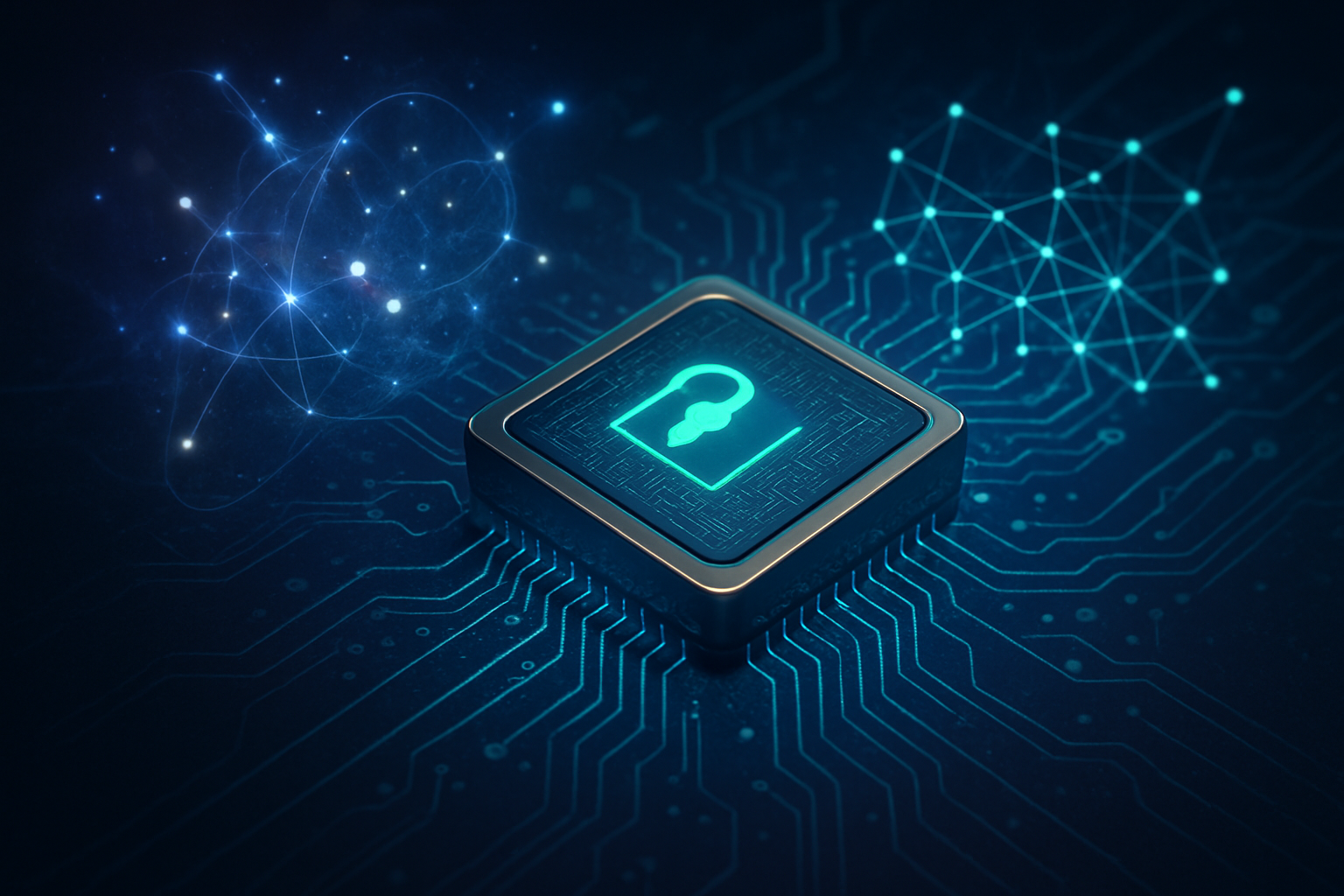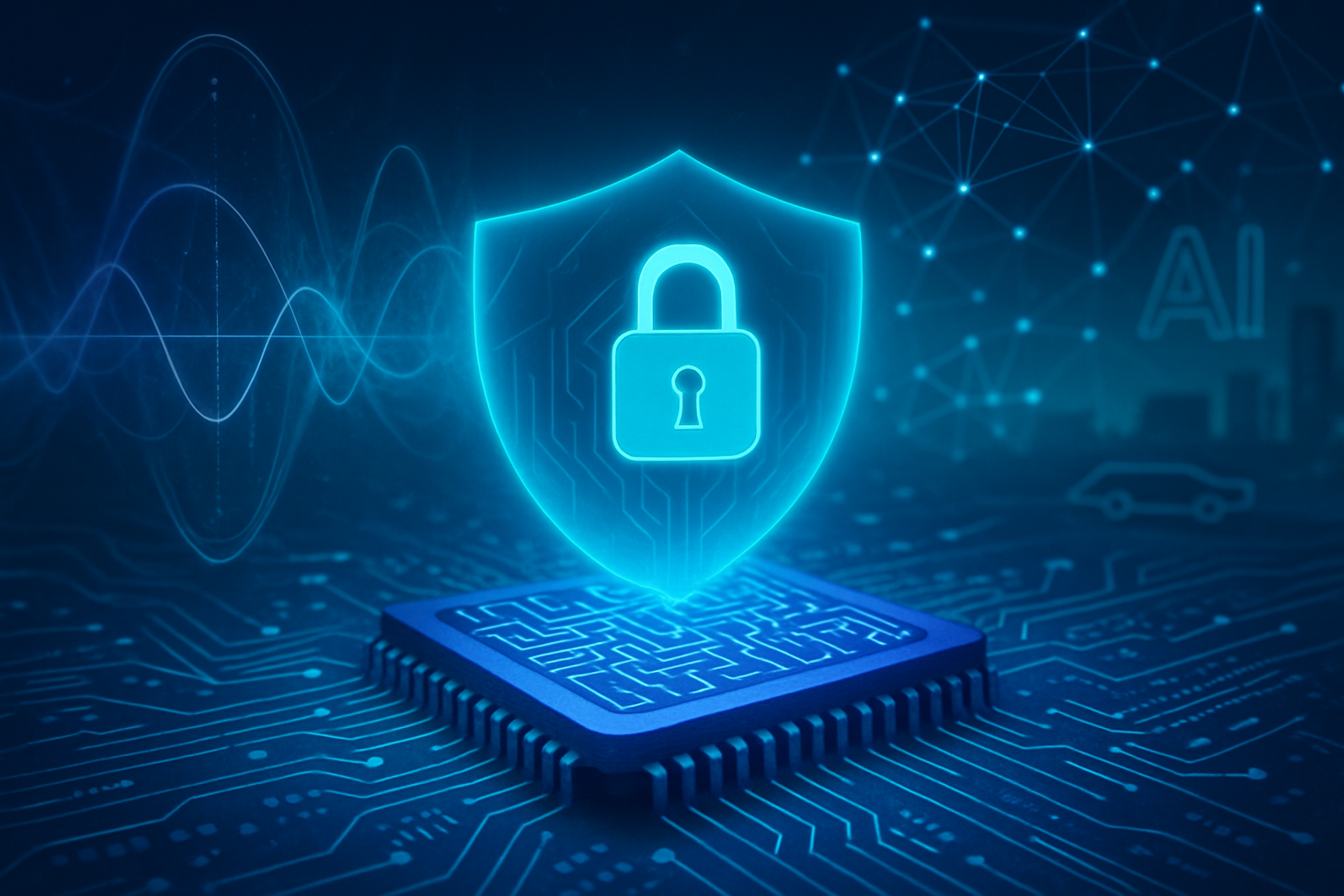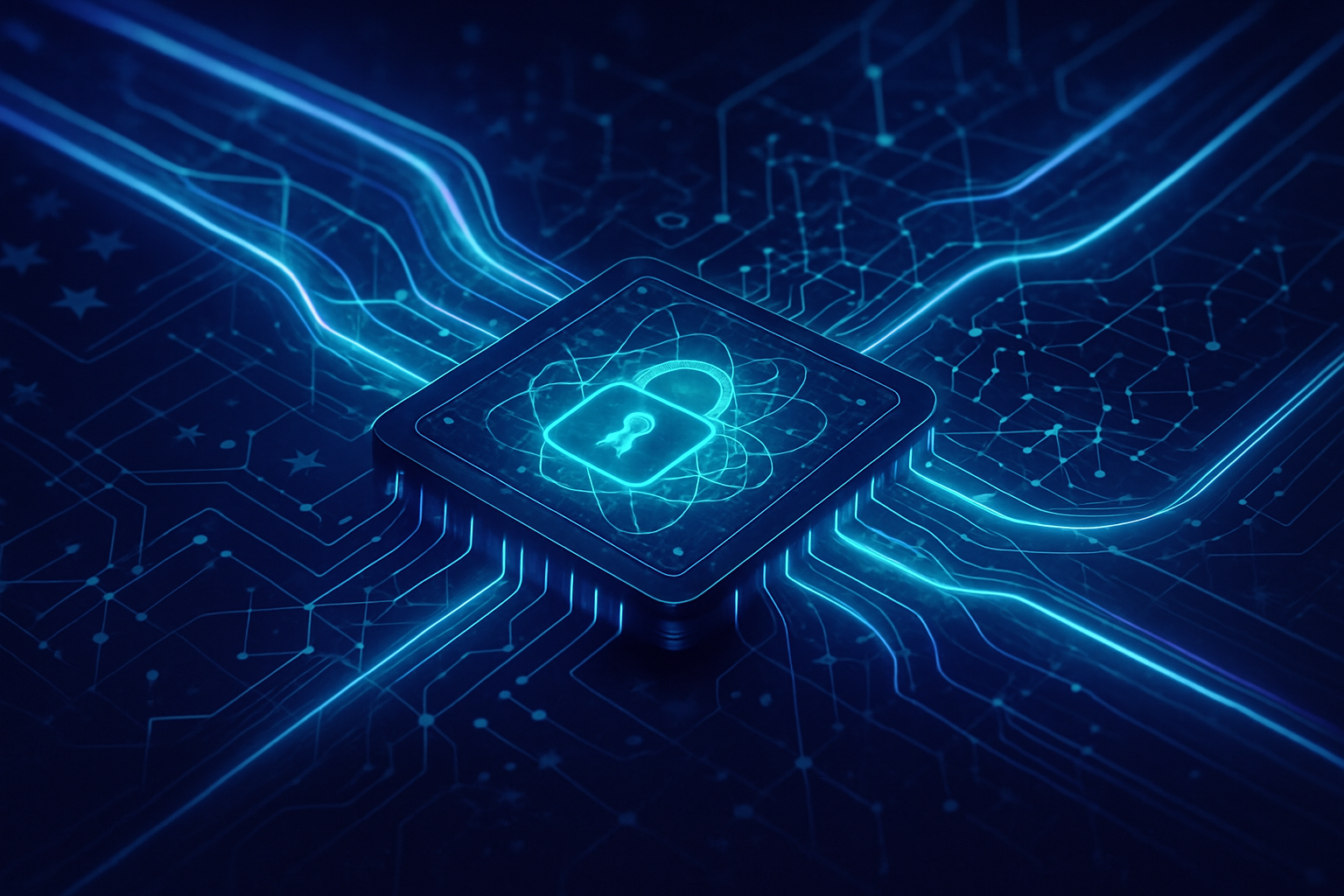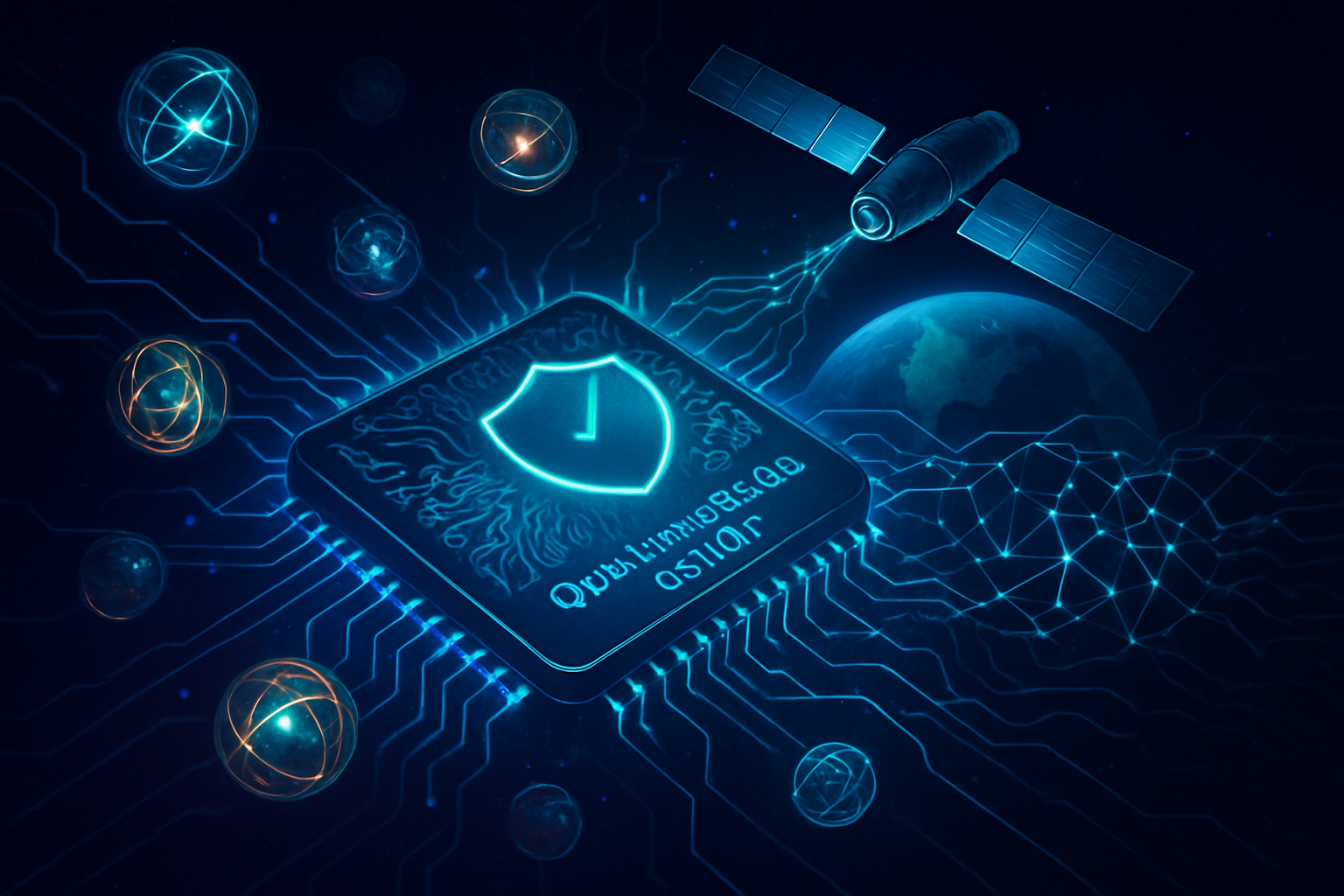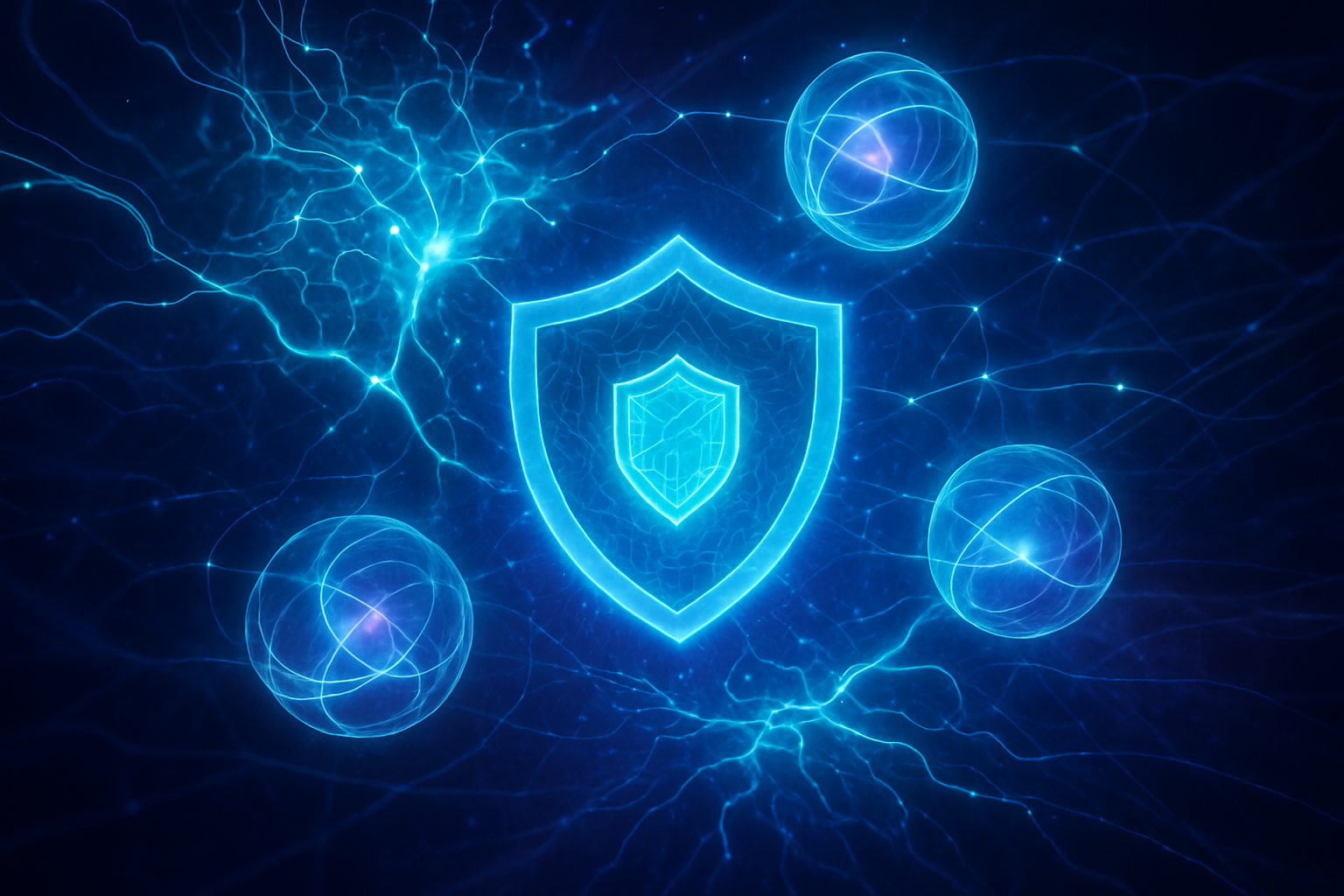In a groundbreaking move set to redefine the landscape of digital security, SEALSQ Corp. (NASDAQ: LAES) and Quobly have announced a strategic collaboration aimed at integrating robust, quantum-resistant security directly into the foundational hardware of scalable quantum computing systems. This partnership, revealed on November 21, 2025, positions both companies at the forefront of the race to protect critical digital infrastructure from the impending threat posed by advanced quantum computers. The immediate significance lies in its proactive approach: rather than retrofitting security onto quantum systems, this alliance is building security in from the ground up, ensuring that the quantum age is born with an inherent shield against its own most potent threats.
The alliance is a direct response to the escalating demand for secure and high-performance quantum systems across vital sectors such as defense, finance, intelligence, and critical infrastructure. By combining SEALSQ's leadership in post-quantum cryptography (PQC) and hardware-anchored Root-of-Trust solutions with Quobly's pioneering work in silicon-based quantum microelectronics, the collaboration seeks to accelerate the development of the next generation of quantum computing, promising to redefine data processing and encryption methodologies with unparalleled security.
Engineering a Quantum Fortress: Technical Deep Dive into Secure Architectures
At the heart of the SEALSQ and Quobly collaboration lies a sophisticated technical ambition: to co-design secure chip architectures and silicon-based quantum processors that natively integrate quantum-resistant security and fault-tolerant computation. Quobly contributes its scalable silicon spin-qubit platform, which is fully compatible with industrial CMOS manufacturing processes. This compatibility is crucial for scaling quantum processors to potentially millions of high-fidelity qubits, transitioning quantum computing from experimental stages to industrial deployment. Key components from Quobly include CMOS-compatible silicon spin qubits, cryogenic control electronics, and high-fidelity qubit arrays designed for fault tolerance, benefiting from a strategic partnership with STMicroelectronics to industrialize its silicon quantum chips.
SEALSQ complements this with its expertise in post-quantum semiconductors, secure elements, and hardware-anchored Root-of-Trust technologies. Their contributions include NIST-recommended PQC algorithms (such as CRYSTALS-Kyber and Dilithium) optimized for embedded devices, quantum-safe secure elements, Trusted Platform Modules (TPMs), and secure semiconductor personalization. The joint technical goal is to embed these quantum-resistant mechanisms directly into the silicon of quantum processors from the earliest design phases. This intrinsic security differs fundamentally from traditional approaches, where security is often layered on top of existing systems. By making security inherent, the collaboration aims to reduce integration friction and enhance resilience against future quantum threats, creating a fundamentally more secure system from its core.
Initial reactions from the AI research community and industry experts have been largely positive, recognizing the strategic importance of this proactive security measure. Experts highlight the partnership as "pivotal" for establishing secure quantum infrastructure, particularly for critical sectors and national security. While the broader market for quantum technology stocks has shown some volatility, the collaboration itself is seen as a promising step towards enhancing quantum computing security and performance, aligning with a growing demand for quantum-safe computing in strategic markets.
Reshaping the AI and Tech Landscape: Competitive Implications and Market Shifts
The SEALSQ and Quobly collaboration is poised to have a significant ripple effect across the AI and tech industry, influencing tech giants, specialized AI companies, and startups alike. As AI systems increasingly leverage quantum computing capabilities or process sensitive data requiring quantum-safe protection, the solutions emerging from this partnership will become indispensable. AI companies handling critical or classified information will need to integrate such quantum-resistant security measures, directly impacting their security strategies and hardware procurement.
Major tech giants like Google, IBM, Microsoft, and Amazon, all heavily invested in both AI and quantum computing, will likely be compelled to re-evaluate their own quantum security roadmaps. This partnership could set a new benchmark for how security is integrated into future quantum computing platforms, potentially accelerating their internal initiatives in secure quantum hardware or encouraging adoption of similar integrated solutions. For quantum computing startups, especially those focused on hardware or quantum security, this collaboration intensifies competition but also opens avenues for partnerships and specialized service offerings.
Both SEALSQ (NASDAQ: LAES) and Quobly stand to benefit immensely, gaining early access to complementary technologies and establishing a leadership position in quantum-secure hardware. The partnership aims for accelerated growth in high-stakes markets, particularly in the United States, where trusted hardware and quantum-safe computing are national priorities. Government, defense, and critical infrastructure sectors are key beneficiaries, as the collaboration lays the groundwork for "sovereign quantum systems that Europe can fully control, trust, and industrialize."
The collaboration is set to intensify competition in quantum security, potentially setting new industry standards for natively integrating post-quantum cryptography (PQC) and Root-of-Trust into quantum hardware. This could disrupt existing products and services that rely on traditional cryptography, which will eventually become vulnerable to quantum attacks. Cloud providers offering quantum computing as a service will also need to adapt, upgrading their security architectures to meet quantum-safe standards. By proactively addressing the quantum threat, SEALSQ and Quobly are strategically positioning themselves for future leadership, offering a significant first-mover advantage in a critical and emerging market.
A New Era of Trust: Broader Significance and Historical Context
The SEALSQ and Quobly collaboration transcends a mere technological advancement; it represents a foundational shift in preparing for the quantum era, with profound implications for the broader AI landscape and global cybersecurity. The core significance lies in addressing the looming "Q-Day"—the point at which sufficiently powerful quantum computers can break current cryptographic systems like RSA and ECC, which underpin global digital security. By embedding PQC directly into quantum hardware, this partnership offers a proactive defense against this existential threat, safeguarding data that requires long-term confidentiality.
This initiative fits into the broader AI landscape in several critical ways. While quantum computers pose a threat to current encryption, they also promise to revolutionize AI itself, dramatically accelerating models and solving complex optimization problems. Ironically, AI can also accelerate quantum advancements, potentially bringing "Q-Day" closer. Furthermore, AI is pivotal in making PQC practical and efficient, enabling AI-powered security chips to optimize PQC protocols in real-time and manage cryptographic operations at scale for IoT and 5G environments. SEALSQ's efforts to integrate decentralized AI models into its quantum platform for secure data markets and verifiable AI mechanisms further highlight this symbiotic relationship.
The overall impacts include the creation of a more robust future security framework, accelerated industrialization of quantum computing, and enhanced strategic advantage for nations seeking technological independence. However, potential concerns include the "Harvest Now, Decrypt Later" (HNDL) threat, where encrypted data is collected today for future quantum decryption. Technical challenges in integrating complex PQC algorithms into cryogenic quantum environments, scalability issues, and the high cost of quantum infrastructure also remain.
Historically, this effort can be compared to the early days of establishing fundamental cybersecurity protocols for the internet, or the industry-wide effort to secure cloud computing. The urgency and large-scale coordination required for this quantum security transition also echo the global efforts to prepare for the Y2K bug, though the "Q-Day" threat is far more existential for data privacy and national security. Unlike AI breakthroughs that enhance capabilities, this collaboration is specifically focused on securing the very foundation upon which future AI systems will operate, marking a unique and critical milestone in the ongoing arms race between computational power and cryptographic defense.
The Horizon of Quantum Security: Future Trajectories and Expert Outlook
Looking ahead, the SEALSQ and Quobly collaboration is poised to drive significant developments in quantum security hardware, both in the near and long term. In the near-term (1-3 years), the immediate focus will be on defining how quantum-resistant security can be natively embedded into future large-scale quantum systems. This includes tailoring SEALSQ’s PQC secure elements and Root-of-Trust solutions to the specific demands of fault-tolerant quantum computers. Experts predict that quantum-resistant chips will emerge as a premium feature in consumer electronics, with over 30% of new smartphones potentially integrating such hardware by 2026. This period will see rapid experimentation and niche adoption, with increased integration of quantum-secure elements into edge devices like smart home hubs and wearables to protect personal data.
The long-term vision is to establish "sovereign quantum systems that Europe can fully control, trust, and industrialize," accelerating Europe's path toward quantum independence. This entails developing fault-tolerant quantum architectures with intrinsic quantum-resistant security capable of protecting critical digital infrastructures globally. Potential applications span defense, critical infrastructure, finance, healthcare, IoT networks, automotive, and satellite communications, all demanding robust, future-proof security for sensitive data.
However, significant challenges remain. These include ensuring the technical maturity of Quobly’s silicon spin qubits and the seamless integration of SEALSQ’s PQC algorithms in complex quantum environments. Scalability and performance issues, particularly regarding increased computational overhead and larger key sizes for PQC, must be addressed. Miniaturization for IoT devices, the high cost of quantum infrastructure, and the complexity of transitioning existing systems to quantum-resistant algorithms are also major hurdles. Furthermore, establishing clear standardization and regulation, along with addressing the scarcity of skilled professionals, will be crucial.
Industry experts anticipate that this partnership will be instrumental in "crafting the bedrock for a post-quantum world where security is intrinsic, not additive." The quantum cryptography market is projected for significant growth, driven by an urgent need for quantum-resistant security. Regulatory pressures and high-profile data breaches will undoubtedly accelerate adoption. Experts like SEALSQ CEO Carlos Moreira emphasize the immediate need to prepare, warning that the transition will take years and that quantum machines could break existing cryptography by 2030. Analysts see SEALSQ (NASDAQ: LAES) as a "pure play" in quantum security, with projections for substantial long-term growth as it executes its strategy in this critical, expanding market.
Securing Tomorrow, Today: A Concluding Assessment
The collaboration between SEALSQ (NASDAQ: LAES) and Quobly represents a pivotal moment in the evolution of cybersecurity and quantum computing. By committing to the native integration of quantum-resistant security into the very fabric of future quantum systems, they are not merely reacting to a threat but proactively building a more secure digital future. This partnership is a testament to the urgency and strategic foresight required to navigate the complexities of the quantum era.
The key takeaways are clear: intrinsic hardware-level security is paramount for quantum computing, PQC is the immediate answer to the quantum threat, and strategic collaborations are essential to accelerate development and deployment. This development is significant not just for its technical ingenuity but for its profound implications for national security, economic stability, and the trustworthiness of future AI systems. It underscores a fundamental shift in how we approach digital defense, moving from reactive measures to foundational, future-proof architectures.
In the coming weeks and months, the industry will be watching for further technical milestones, initial proof-of-concepts, and details on how these integrated solutions will be deployed in real-world scenarios. The success of this collaboration will undoubtedly influence the pace and direction of quantum security development globally, shaping a new paradigm where the power of quantum computing is harnessed responsibly, underpinned by an unyielding commitment to security.
This content is intended for informational purposes only and represents analysis of current AI developments.
TokenRing AI delivers enterprise-grade solutions for multi-agent AI workflow orchestration, AI-powered development tools, and seamless remote collaboration platforms.
For more information, visit https://www.tokenring.ai/.
